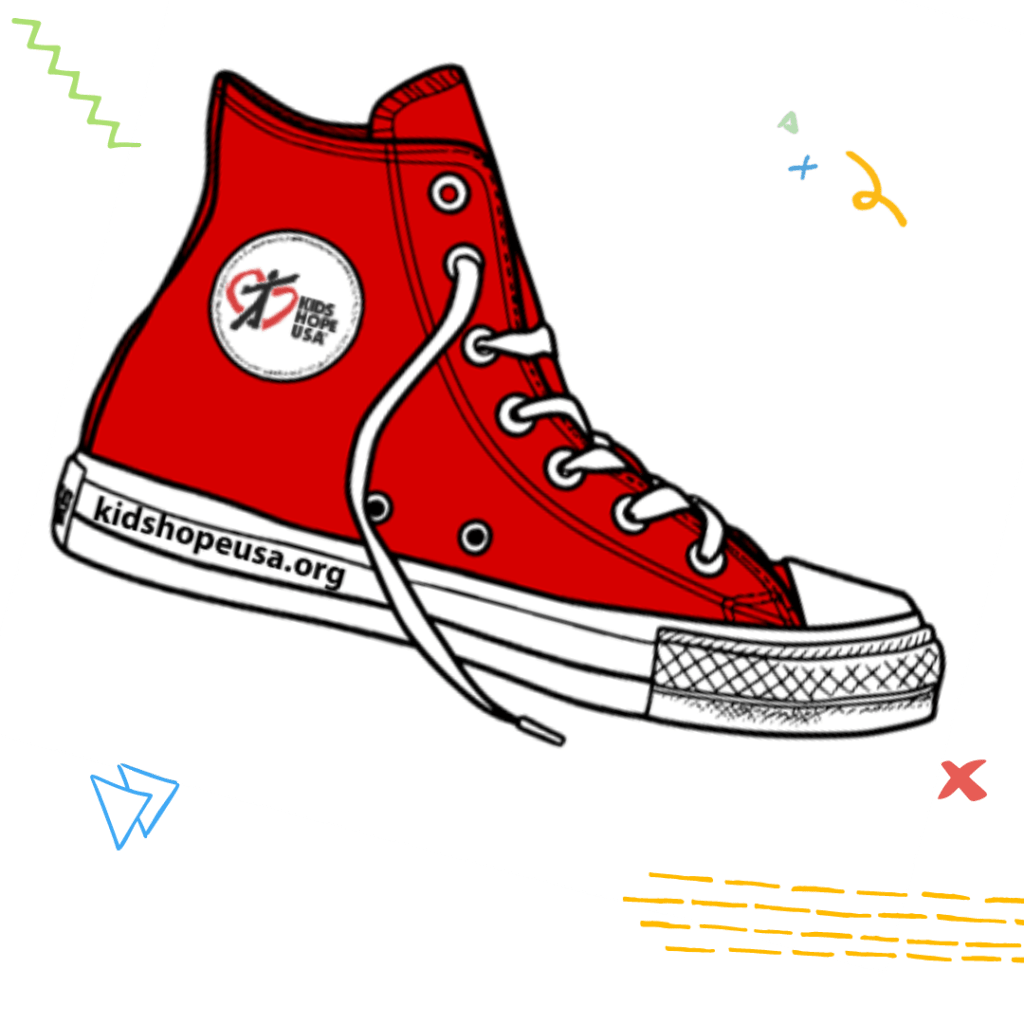
WELCOME SCHOOL PROFESSIONALS
Thank you! It is a privilege to serve you and your students with one-on-one mentoring through your Kids Hope USA partner church. This page is designed to help you understand Kids Hope USA, how it will benefit your students, and answer questions you may have. We are here to serve you!
WHAT IS KIDS HOPE USA?
Kids Hope USA is a national mentoring organization that equips churches to serve their local public elementary schools by providing positive adults to serve as mentors. This program increases school engagement for selected students at no cost to the school and brings about a positive impact for students, schools and communities.
Because Kids Hope USA mentors are trained to respect the separation of church and state, these programs are welcomed in hundreds of districts across the country.
THE STUDENTS
Students in a Kids Hope USA mentoring program are referred by teachers, principals, or school counselors who believe additional support and attention will benefit the child.
- Mentors are considered PBIS Tier 2 support.
- Referral focus is on younger children in K-5.
THE MENTORING HOUR
Trained Kids Hope USA mentors form one-on-one relationships with students through weekly, one-hour visits at the school. During their hour together, the mentor and student play games, read together, and get to know each other. Time together is focused on supporting the students’ social, emotional and academic development; mentors are not intended to serve as tutors.

The Responsibilities
THE SCHOOL’S ROLE
The school welcomes their community partner and maintains the following responsibilities:
THE CHURCH’s ROLE
The church partner manages the program responsibilities and covers all program costs.
School Action Steps
FREQUENTLY ASKED QUESTIONS
As your school engages in your Kids Hope USA program, we’re here to help. Here are some answers to common questions that you might find helpful. Your partner church director is also a great source for information.
